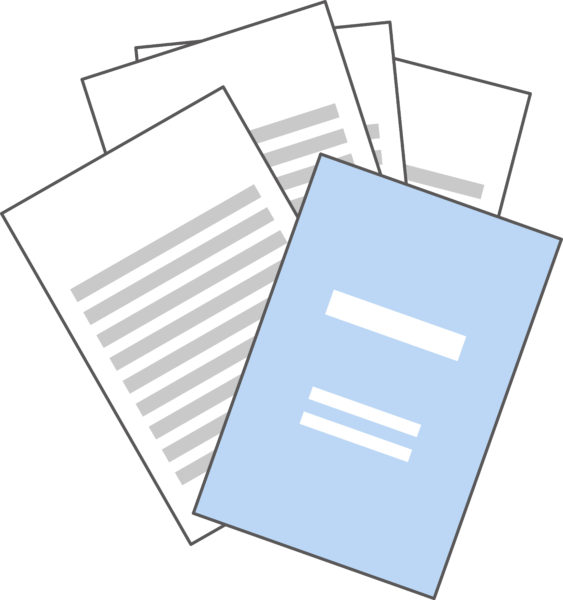メジャーコードとマイナーコードを見分ける上で最も簡単と言われるBS法(ビッグ/スモール法)について紹介します。
※メジャーコード:明るい和音
※マイナーコード:暗い和音
コードの音の間隔を見る

まず音階の主音を根音としてつくられた三和音である「主和音」の3つの音符の間隔の大きさを数えます。
そのときの間隔の大きさが
「Big/Small」だとメジャーコード
「Small/Big」だとマイナーコード
となります。
何を言っているのか分からない方も多いかと思います。
難しく聞こえますが、以下の例を見ると簡単です。
※まずはメジャーコードを例に取ってみましょう。
メジャーコードである「F」は、根音から始まると「F,A,C」つまり「ファ、ラ、ド」ですね。
「ファ」と「ラ」の音の間には「ファ♯」「ソ」「ソ♯」の『3つ』があります。
一方で「ラ」と「ド」の音の間には「ラ♯」「シ」の『2つ』だけがあります。
『3つ』のあとで『2つ』のため「Big/Small」であるためメジャーコードとなるわけです。
※同じようにマイナーコードを見ていきましょう。
マイナーコードである「Fm」は、根音から始まると「F,G♯,C」つまり「ファ、ソ♯、ド」ですね。
「ファ」と「ソ♯」の音の間には「ファ♯」「ソ」の『2つ』があります。
一方で「ソ♯」と「ド」の音の間には「ラ」「ラ♯」「シ」の『3つ』があります。
『2つ』のあとで『3つ』のため「Small/Big」であるためマイナーコードとなるわけです。
この『3つ』と『2つ』はどのメジャーコードとマイナーコードでも共通の決まった数です。
適当に根音となる音を一つ決めたら、試しに『3つ』『2つ』の感覚をあけて、和音にしてみましょう。
きっと正しいメジャーコードと一致します。
同様に『2つ』『3つ』の間隔をあけると、マイナーコードと一致するはずです。
根音は白鍵だけでなく、黒鍵の場合もあります。
よく聞くようなJ-POPでもサビの手前など、曲調が変わるときに、黒鍵が根音になったメジャーコードやマイナーコードが使われていたりします。
メジャーコードとマイナーコードを丸暗記して覚えていくのではなく、『3つ』と『2つ』の法則性を覚えて、自分で様々な和音を弾いてみましょう。
いろいろな和音を『作曲』することがコードを覚える近道です。
コメントを残す